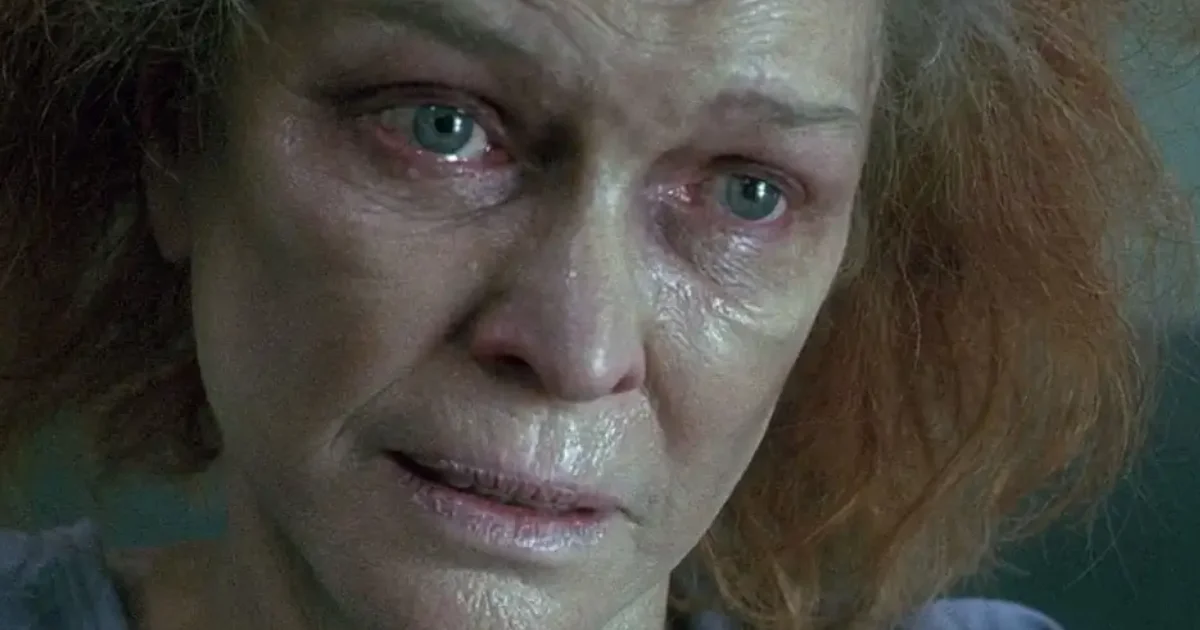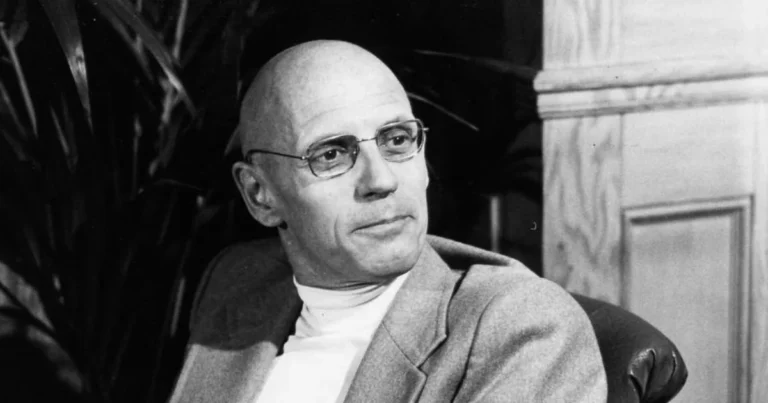Requiem for a dream: Unraveling the psyche’s dark corners
How can a dream turn into a nightmare? This fundamental question about human aspirations lies at the heart of Requiem for a Dream, a gripping 2000 film directed by Darren Aronofsky. This psychological drama provides an intense exploration of addiction by following the lives of four protagonists. With daring visuals, hard-hitting storytelling, and a now-iconic soundtrack, Requiem for a Dream transcends the conventional boundaries of cinema to deliver a visceral descent into the depths of the human psyche. This article examines the psychological, neuroscientific, and artistic dimensions that have earned the film its status as a timeless masterpiece.
From daydreams to nightmares: Facing the abyss
Requiem for a Dream is based on the novel of the same name by Hubert Selby Jr., who co-wrote the screenplay with Darren Aronofsky. The film brings together a remarkable cast, Jared Leto, Ellen Burstyn, Jennifer Connelly, and Marlon Wayans, whose outstanding performances bring this tragic story to life.
Known for his experimental style, Aronofsky employs innovative techniques to immerse viewers in the characters’ psychological states. His striking visual approach, combined with Clint Mansell’s soundtrack, transforms each scene into a powerfully emotional experience.
The story follows four characters united by their dreams and their addictions. Harry Goldfarb, an ambitious young man hooked on heroin, is caught in a tumultuous relationship with his girlfriend Marion Silver, who desperately seeks financial and artistic independence. Harry’s friend Tyrone hopes to escape poverty but remains trapped by his environment. Meanwhile, Harry’s mother, Sara, is obsessed with the idea of appearing on a television show and becomes addicted to diet pills.
Although their dreams differ, they intersect in a downward spiral that illustrates how illusions and addictions can destroy both mind and body.
Fragments of anguish: A visual chronicle of decline
By weaving together rapid-fire “hip-hop montage” editing, distorted camera angles, and fragmented storytelling, Darren Aronofsky immerses viewers in the raw intensity of his characters’ internal battles with addiction, resulting in a visual chronicle of anguish and decline. Instead of a linear depiction of drug use, he breaks each sequence into fast, symbolic shots, a needle piercing skin, the drug coursing through a vein, pupils dilating, and a sudden burst of light, accompanied by amplified sound effects that replicate the euphoric rush and subsequent emotional crash. This cyclical and dehumanizing portrayal underscores the compulsive nature of addiction, drawing the viewer into each character’s disorientation and despair.
Ultimately, Aronofsky does more than simply tell a story—he makes the audience experience it. Using the language of cinema, he breaks the barrier between fiction and emotion. The combination of direction, music, and performances creates a uniquely immersive emotional experience. The viewer feels the pain, despair, and anxiety of the characters, making the film truly unforgettable.
Aronofsky’s innovative camera work heightens this effect through the use of fisheye lenses, as seen when Sara’s hallucinations cause her living room walls to close in and the television to “call out,” visually capturing her loss of reality. Meanwhile, abrupt transitions and split-screen techniques reflect the fractured mental states of all four protagonists, emphasizing their isolation even in shared moments, for instance, when Harry and Marion lie together after using drugs but remain trapped in separate emotional spheres. Paired with an oppressive soundtrack and exceptional performances, these cinematic choices leave no escape for the audience, mirroring the characters’ inescapable descent and transforming any fleeting hope into a visceral nightmare. Ultimately, Aronofsky compels viewers to experience the narrative rather than merely observe it, merging direction, music, and acting into an unforgettable depiction of pain, hopelessness, and existential anxiety.
Inside the addicted brain
The Neuroscience Behind the Spiral. The film addresses multiple dimensions of addiction, physical, emotional, and social, by illustrating how characters like Sara Goldfarb become trapped by the pressure to conform to societal beauty standards, while Harry and Tyrone turn to drug use in hopes of escaping their circumstances. These compulsions are not merely destructive; they reveal a broader human desperation and the universal pursuit of a better life. On a biological level, the substances consumed disrupt the dopaminergic system, locking each character into a vicious cycle of reward and punishment, visually emphasized by recurring scenes of drug intake, pupil dilation, fleeting euphoria, and crushing comedowns. As their dependencies deepen, their grip on reality loosens, a phenomenon most striking in Sara’s psychosis, where harrowing hallucinations blur the boundary between illusion and her lived experience. Ultimately, these trajectories showcase how addiction can unravel the brain’s delicate balance and thrust individuals into a nightmare beyond their control.
Inside their heads: Psychological underpinnings of every downfall
Sara’s obsession with external validation reveals the heartbreak of striving for acceptance in a society consumed by appearances, leading her to rely on prescription diet pills until she spirals into a devastating mental breakdown, an ordeal that highlights the dangers of unrealistic beauty standards and social isolation. Meanwhile, Harry’s collapse depicts how heroin addiction, originally fueled by his desire for a better life with Marion, ultimately destroys his health, relationships, and ambitions, demonstrating how substance abuse can obliterate hope and replace it with despair. Marion, though talented and determined, succumbs to moral decay as her emotional ties to Harry and her own insecurities lure her into destructive choices that distort her self-perception and connections with others. Finally, Tyrone’s shattered aspirations underscore his attempt to escape poverty, only to be trapped by systemic inequalities and his heroin dependency, propelling him deeper into a cycle of hopelessness. Taken together, these narratives expose how social pressures, personal vulnerabilities, and addiction converge to dismantle each character’s dreams and sense of self.
Melodies of dread: The soundscape that defines Requiem for a dream
The haunting soundscape of Requiem for a Dream is brought to life by Clint Mansell’s mesmerizing score, masterfully performed by the Kronos Quartet. At its core is “Lux Aeterna,” a hypnotic, haunting piece that encapsulates the film’s essence: a momentary surge of hope quickly overshadowed by inevitable downfall. Throughout the movie, the music amplifies each character’s emotional turmoil, guiding viewers through their collective descent. Mansell employs recurring motifs to mirror the cyclical nature of addiction, while the final crescendo intensifies the atmosphere of anxiety and despair. Since its release, “Lux Aeterna” has transcended the film’s boundaries, its presence in trailers and television programs underscores its status as a “modern classic” that continues to symbolize tension and tragedy across popular culture.
Shockwaves and accolades: Charting the film’s immediate impact
Upon release, Requiem for a Dream received critical acclaim for its boldness and powerful performances, particularly Ellen Burstyn’s Oscar-nominated portrayal. Its graphic content and unflinching realism, however, sparked controversy, giving it a reputation as a film that is difficult to watch. Some critics deemed it too shocking, but Aronofsky defended these choices as necessary to convey the urgency and severity of the issues it portrays.
Nevertheless, the film remains a key reference for exploring addiction and psychological disorders. It is frequently used in educational settings to highlight the dangers of substance abuse.
Requiem for a Dream is not merely a film; it is a work of art that probes the depths of the human mind with rare intensity. Through its inventive direction, unforgettable soundtrack, and deeply complex characters, it urges viewers to reflect on the devastating effects of illusions and addictions.
When it comes to Requiem for a Dream, the question is not whether you enjoyed it, but whether you have the courage to watch it again.

Amine Lahhab
Television Director
Master’s Degree in Directing, École Supérieure de l’Audiovisuel (ESAV), University of Toulouse
Bachelor’s Degree in History, Hassan II University, Casablanca
DEUG in Philosophy, Hassan II University, Casablanca







